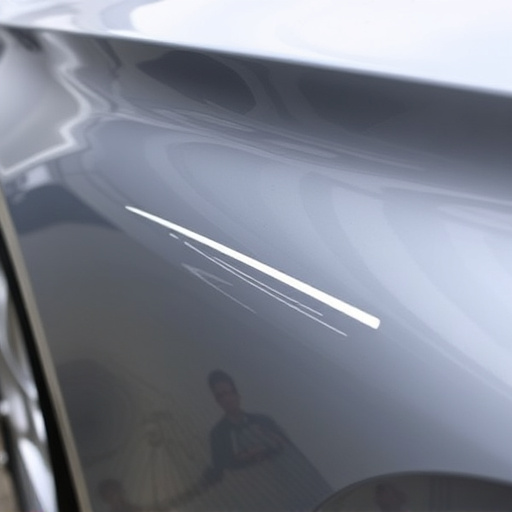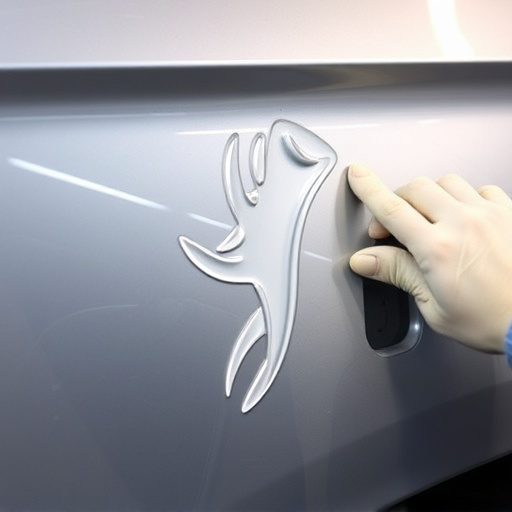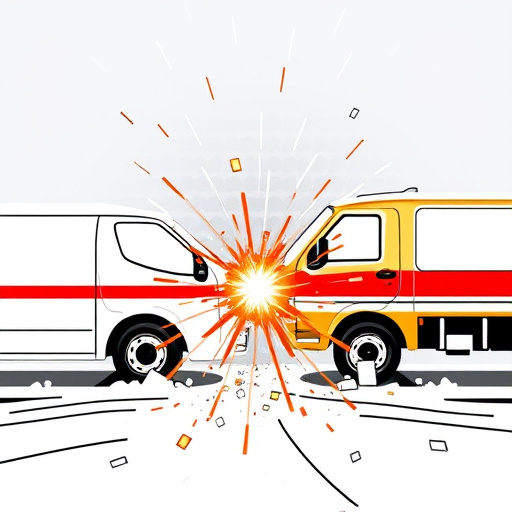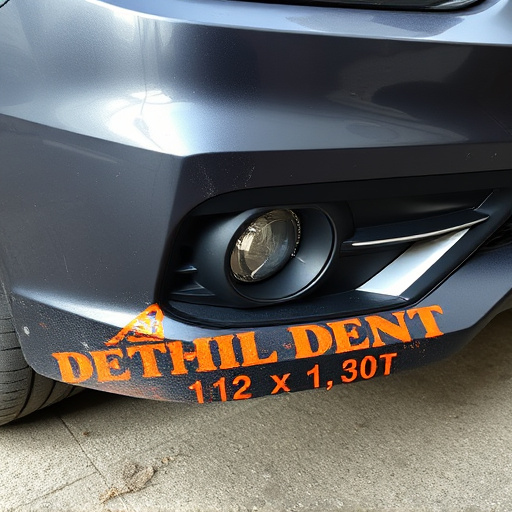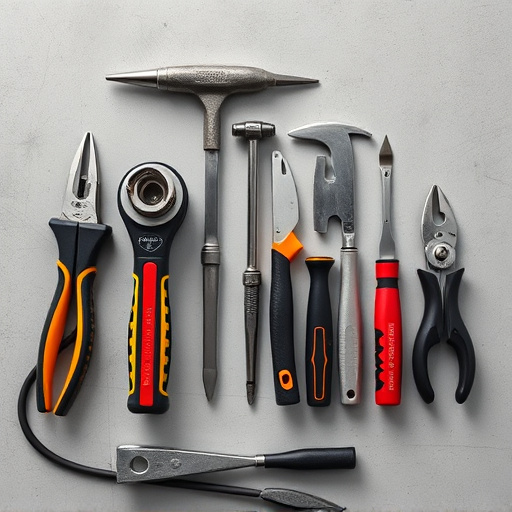The dent removal process combines traditional and modern techniques, with paintless dent repair (PDR) as a leading method using specialized tools to push dents back into place. This process relies on pneumatic hammers, putty knives, hydraulic presses, and sanders for precise, efficient repairs. Modern innovations like CAD/3D imaging, robotic arms, and lighter body panels transform the dent removal process, improving outcomes and reducing turnaround times.
“Unraveling the art of dent removal, this comprehensive guide delves into the techniques and tools shaping the automotive repair industry. From traditional methods to modern advancements, understanding dent removal processes is key for efficient and effective repairs.
Explore the essential tools that streamline the process, ensuring precise results. Uncover the latest innovations revolutionizing dent removal, leaving a testament to the ever-evolving landscape of automotive care. Discover how these advancements cater to both professionals and DIY enthusiasts alike.”
- Understanding Dent Removal Techniques
- Essential Tools for Efficient Repair
- Modern Innovations in Dent Removal
Understanding Dent Removal Techniques
The dent removal process involves a variety of techniques, each tailored to different types and sizes of dents. Understanding these methods is key when considering vehicle repair services. From traditional methods like hammering and filling to modern approaches such as paintless dent repair, every technique has its advantages and applications.
Paintless dent repair, for instance, has revolutionized bumper repair by offering a more precise and less invasive solution. This method leverages specialized tools and techniques to pop dents back into place without damaging the surrounding paintwork. As a result, it not only reduces repair times but also maintains the vehicle’s original finish, making it a preferred choice among those seeking high-quality, efficient, and cost-effective vehicle repair services.
Essential Tools for Efficient Repair
In the dent removal process, several specialized tools are indispensable for achieving precise and efficient repairs. The most common among them include pneumatic hammers, which offer exceptional control and accuracy during the detaching phase. These tools are crucial for separating the damaged area from the rest of the car body without causing further harm. Additionally, putty knives play a significant role in shaping and smoothing the repaired surface, ensuring a seamless blend with the original contour.
For more intricate cases involving frame straightening or collision damage repair, hydraulic presses are often employed. These machines exert uniform pressure to straighten the metal, restoring the car body to its pre-incident condition. Furthermore, various types of sanders, from belt sanders to random orbit sanders, are utilized for fine finishing, removing excess material and achieving a smooth, ready-for-paint surface. These essential tools collectively streamline the dent removal process, making it more efficient and effective.
Modern Innovations in Dent Removal
The dent removal process has witnessed significant advancements with modern innovations, revolutionizing how auto body damage is repaired. Technologies like computer-aided design (CAD) and 3D imaging have made measurements more precise, enabling technicians to restore vehicles to their pre-incident condition effectively. Automated tools, including robotic arms and specialized air compressors, streamline the dent removal process, enhancing speed and accuracy while reducing manual labor.
Additionally, advancements in materials science have led to lighter and more durable body panels, making them easier to work with during repairs. These innovations not only improve the overall efficiency of tire services and fender repair but also contribute to collision repair shop productivity. With such progress, the dent removal process continues to evolve, offering better results and shorter turnaround times for vehicle owners.
The dent removal process has evolved significantly, incorporating various techniques and tools to ensure efficient repairs. From traditional methods to modern innovations, professionals now have a robust toolkit to address dents swiftly and effectively. By understanding these techniques and embracing cutting-edge technologies, the automotive industry continues to enhance customer satisfaction and vehicle aesthetics. These advancements in dent removal processes promise faster turnaround times and superior outcomes, ensuring vehicles look as good as new.


